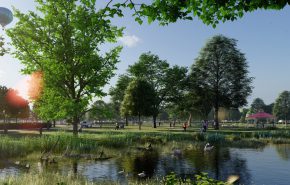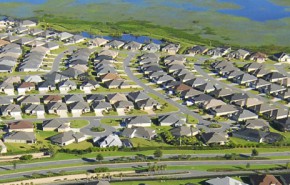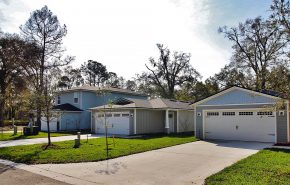Life expectancy at birth for the U.S. population reached an all-time high of 78.8 years in 2012, according to the National Center for Health Statistics. Clearly, Americans are living longer than ever before. With this increase in longevity comes numerous socioeconomic effects on our society.
![]() The Vital Living Forum interviewed Pete Sechler, PLA, AICP, Senior Director with GAI’s Community Solutions Group, for an episode focused on community planning for an aging population. In the video excerpts featured below,* Pete talks about how communities have aged, how community design has changed over the decades, and how communities are adapting to meet the needs of the growing number of seniors.
The Vital Living Forum interviewed Pete Sechler, PLA, AICP, Senior Director with GAI’s Community Solutions Group, for an episode focused on community planning for an aging population. In the video excerpts featured below,* Pete talks about how communities have aged, how community design has changed over the decades, and how communities are adapting to meet the needs of the growing number of seniors.
- In this clip, Pete explains how community design affects a person’s capability to move around his or her community. He highlights three different settings—urban, suburban, and rural—and discusses how the elderly face challenges and opportunities in each. Watch video.
- Whether urban, suburban, or rural, one type of community is not necessarily better than the other—rather, it’s a matter of individual preferences and values. Check out this video excerpt to learn how these three community models affect daily quality of life differently. Watch video.
- What are the most important living needs for seniors? Pete explains that as a population ages, its social, health, and housing needs evolve, and communities need to adapt to meet those changing needs. Watch video.
- Communities are redesigning their neighborhoods to meet the growing needs of more and more seniors. In this segment, hear how developers are incorporating those needs into their plans. Watch video.
- Pete points out how different housing options in established neighborhoods can incorporate the needs of a growing senior population. Watch video.
![]()
Pete Sechler, PLA, AICP specializes in urban design, campus planning, and landscape design projects in the Eastern United States for public, private, and institutional clients. Pete can be reached at 407.423.8398.
If you missed it, be sure to check out Planning for Our Aging Population Part I.
*Recorded when Pete was with AECOM.


